SEARCH


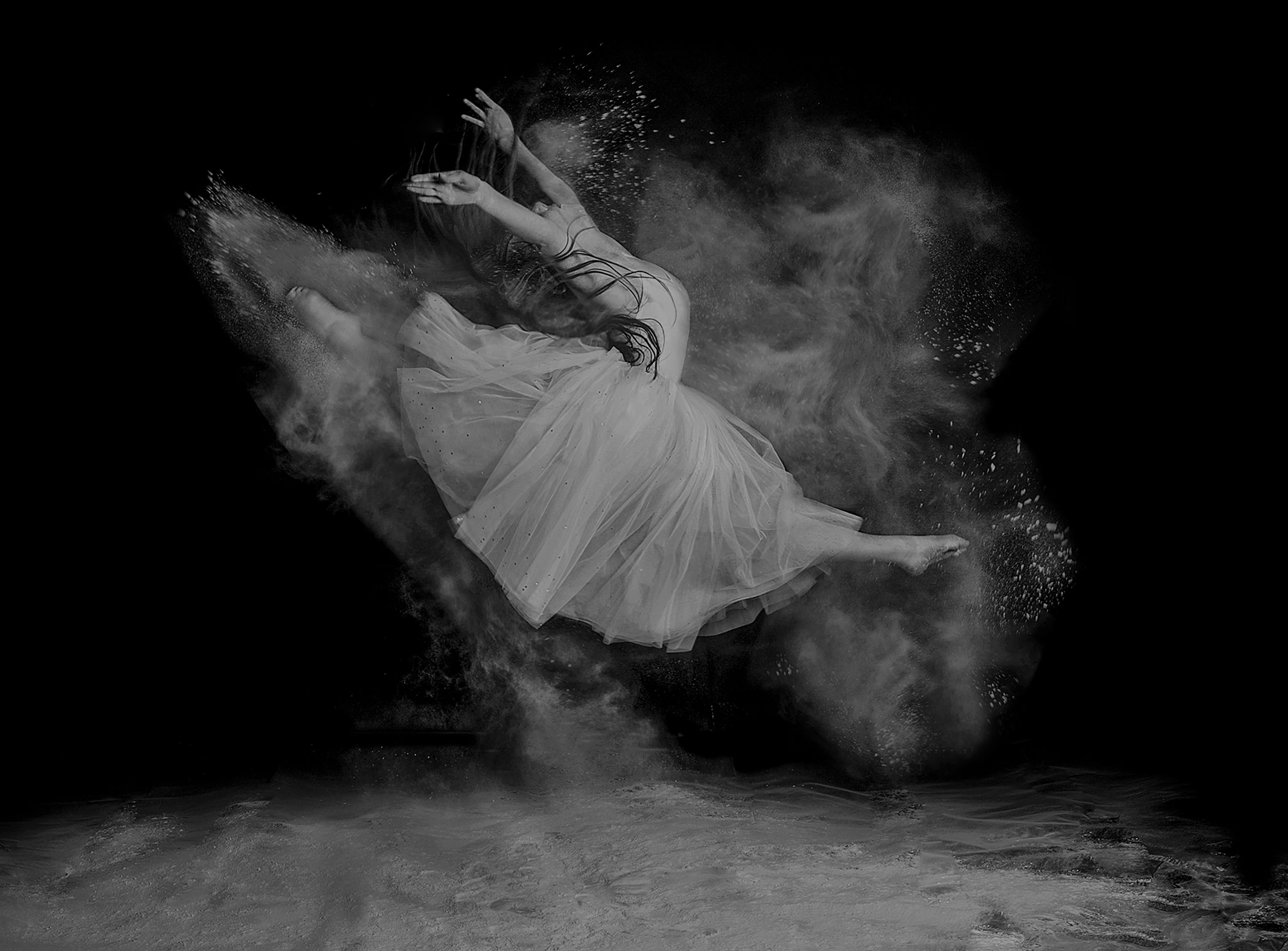

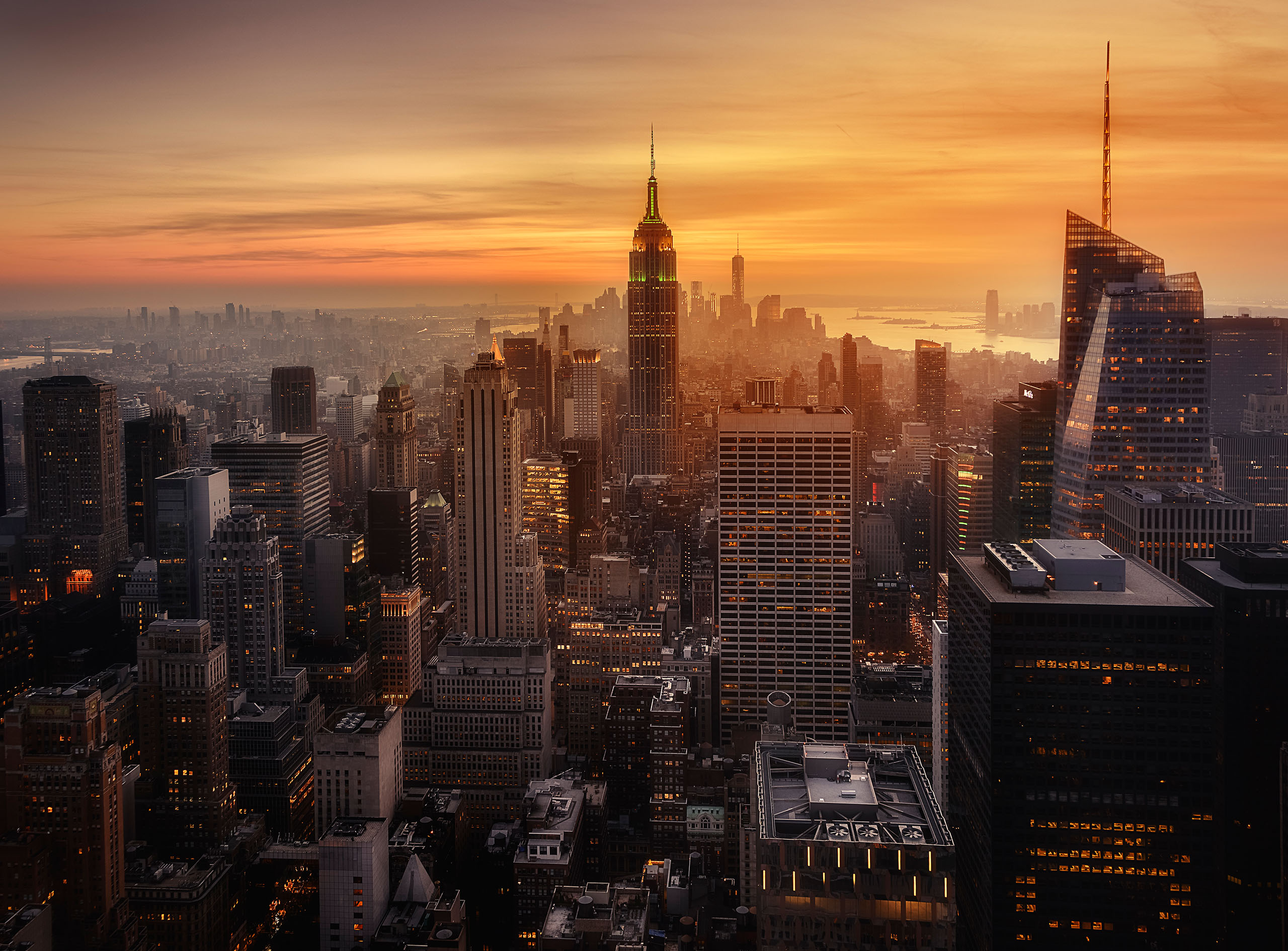

|
|
|
|


by Editor Yan Zhang
Edited and published by Yvette Depaepe, the 29th of September 2025
‘Patagonia Moonlight’
Landscape photography is not just an art, it is also an act of endurance, exploration, and personal vision. This is especially true in Patagonia.
Not long ago, I read an article titled “Why I’m not going back to Patagonia as a photographer” [1] by Chandler Borries. Although I don’t agree with many of the author’s views, the article raises a question that is worth pondering: Nowadays, the increasing convenience of transportation and the continuous reduction of photography costs have made it easier than ever for us to reach those remote areas that were once out of reach and engage in landscape photography. So, in this era, can we still create truly original photography works, especially in those popular regions?
In this article, I will share my experience of photographing Patagonia over the years from different dimensions.
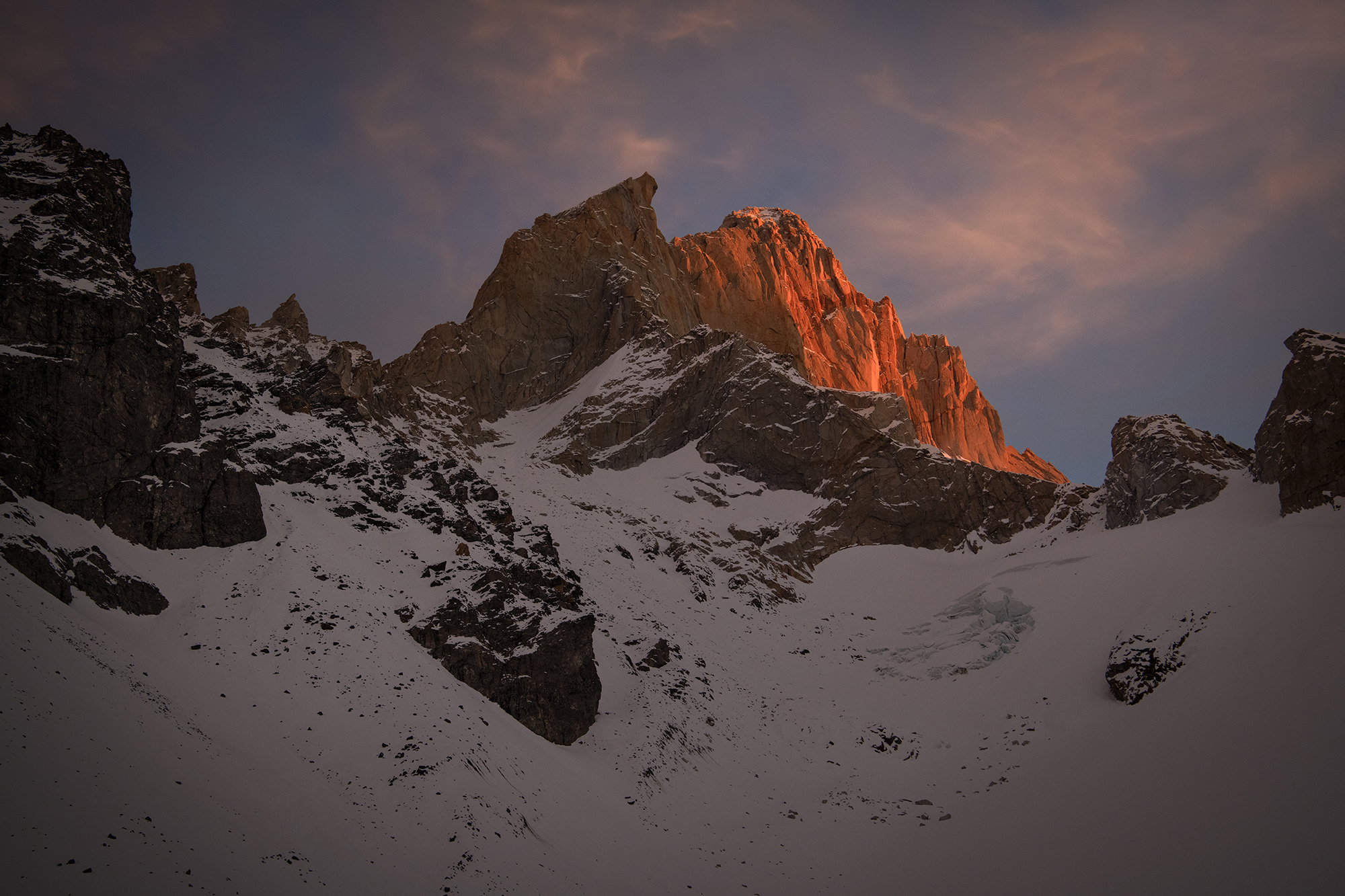
Patagonia Is Transforming into a Photography Pilgrimage
The iconic peaks of Patagonia are renowned for their unique forms and pristine beauty.
Over the past decade, Patagonia has gradually become a hot playground for photographers from all over the world. Indeed, from March to May every year, individual photographers and photography workshop teams can be seen everywhere, whether in the small town of El Chaltén in Argentina or on the hiking trails in Torres del Paine National Park in Chile.
‘Patagonia Autumn Night’
‘Dreamland’
Some popular shooting spots have even experienced crowding and competition for camera positions. This once remote and desolate place is transforming into an annual photography pilgrimage, attracting landscape photographers from around the world. As a result, however, a growing number of Patagonia images now appear repetitive and lacking in originality.
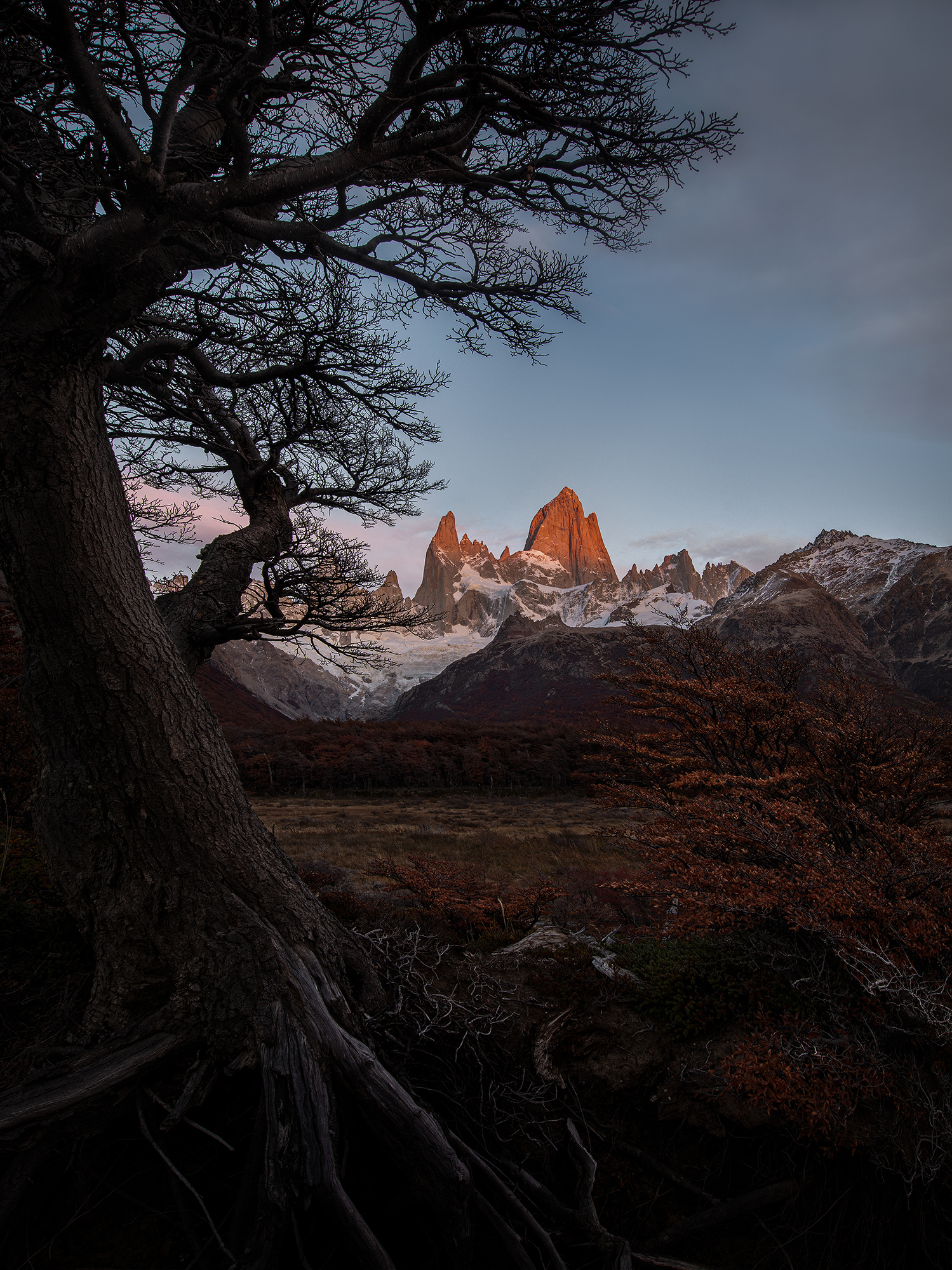
‘Torres del Paine – From a higher viewpoint’
You Didn’t Hike Farther, You Didn’t Climb Higher
Why does this happen? Much of it has to do with the herd mentality that most people have. Many photographers tend to follow the crowd – when we see amazing Patagonia photos on social media (such as Instagram), we want to go to the same place and shoot similar images or just replicate the stunning beauty.
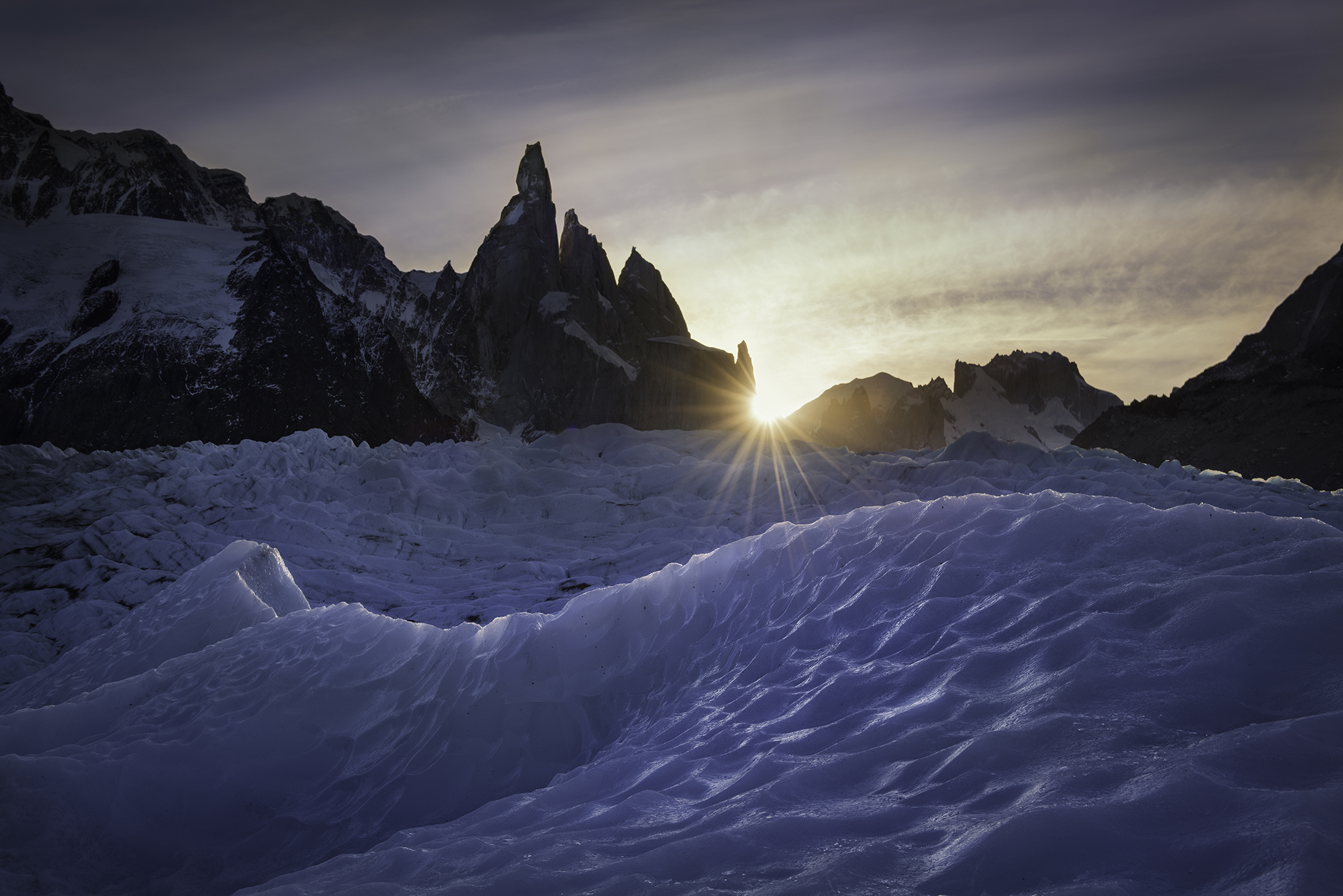
For the average photography enthusiast, there's nothing wrong with following the footsteps of photography masters and taking photos that are similar, or even identical, to their work. In fact, this is a common learning path for many beginners. However, as a serious photographer, we must maintain independent thinking and avoid blindly following trends. Only in this way can we create truly original and personal photographs.
Although numerous photographers travel to Patagonia each year, often producing repetitive and uninspired images, this region is by no means devoid of creative space. On the contrary, for landscape photographers, Patagonia holds infinite possibilities and inspiration, a source of immense depth and tension.
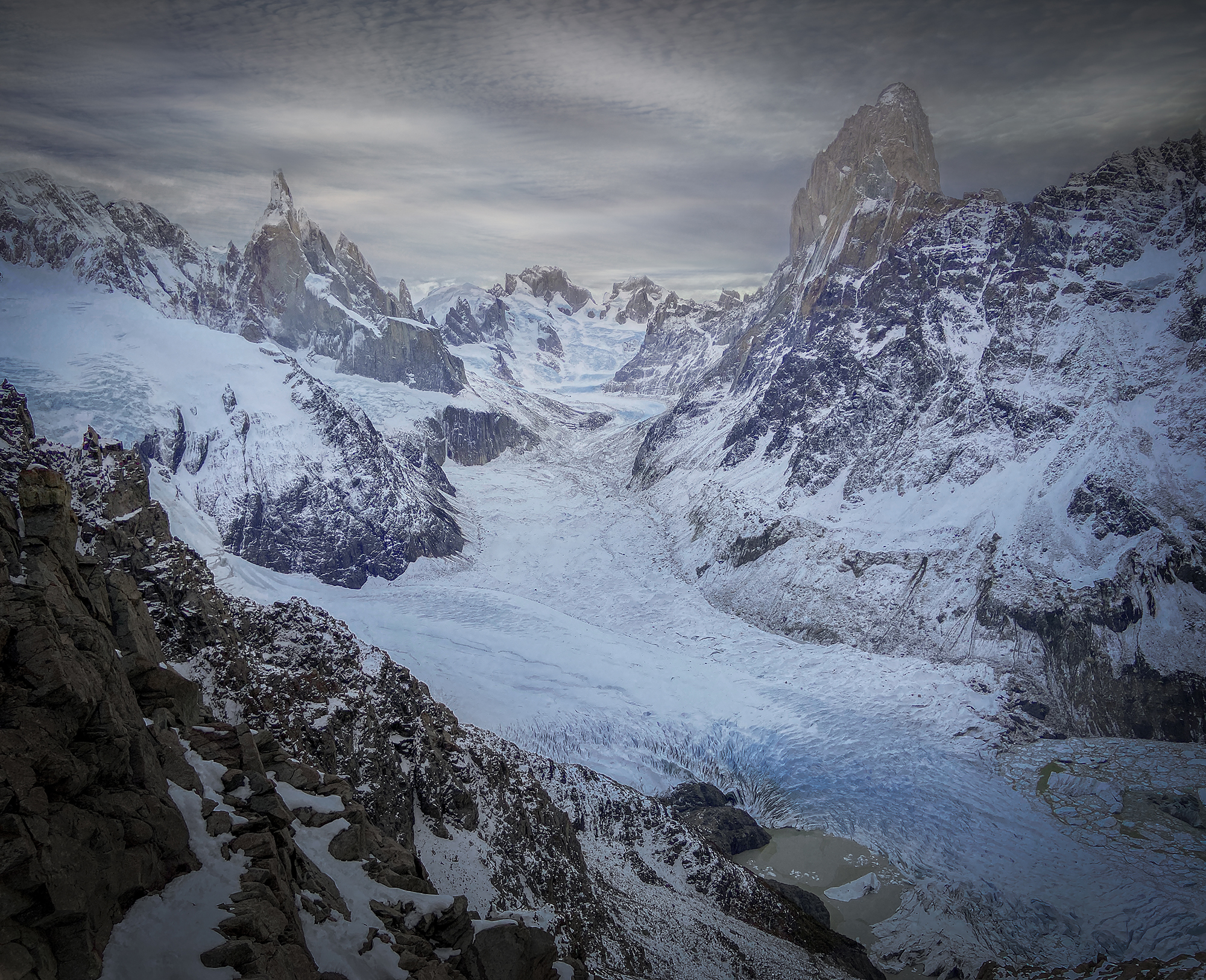
If a photographer complains that Patagonia's crowded landscapes and limited photo spots make it difficult to create truly original work, it likely means they haven't put in enough effort – perhaps they haven't hiked farther, climbed higher, to discover landscapes that haven't been thoroughly explored by others. Only by venturing into the mountains and transcending conventional perspectives can one discover a Patagonia that's truly theirs.
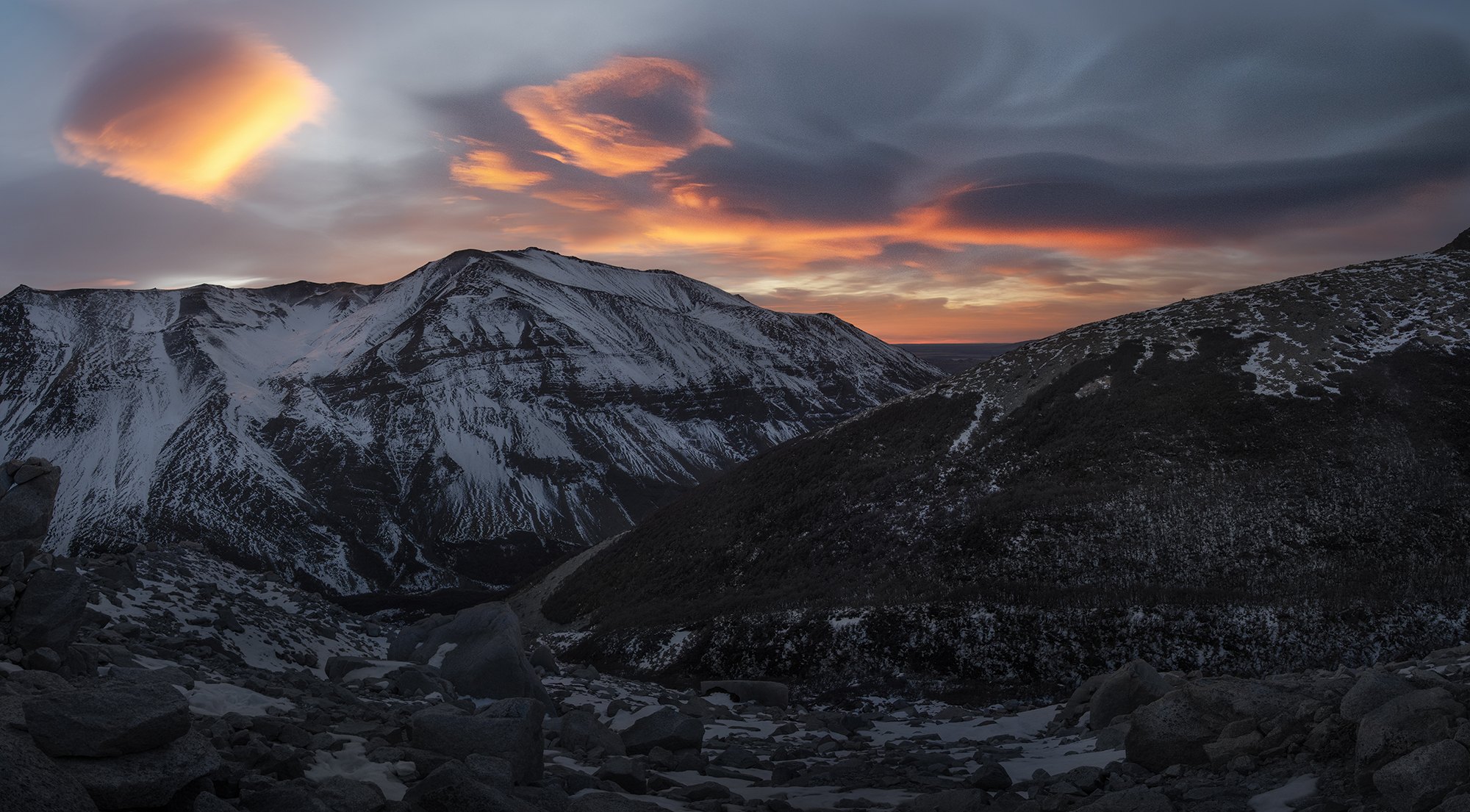
The Ultimate Testing Ground
While many photographers capture Patagonia from popular viewpoints or along well-trodden trails, I explore this mountain range with a different approach – I climb to remote ridgelines, high alpine lakes, and some named or unnamed peaks, carrying my heavy camera gear through harsh weather and difficult terrain. It’s in these elevated, hard-to-reach places – where few, if any, have stood with a camera – that I find my perspective.
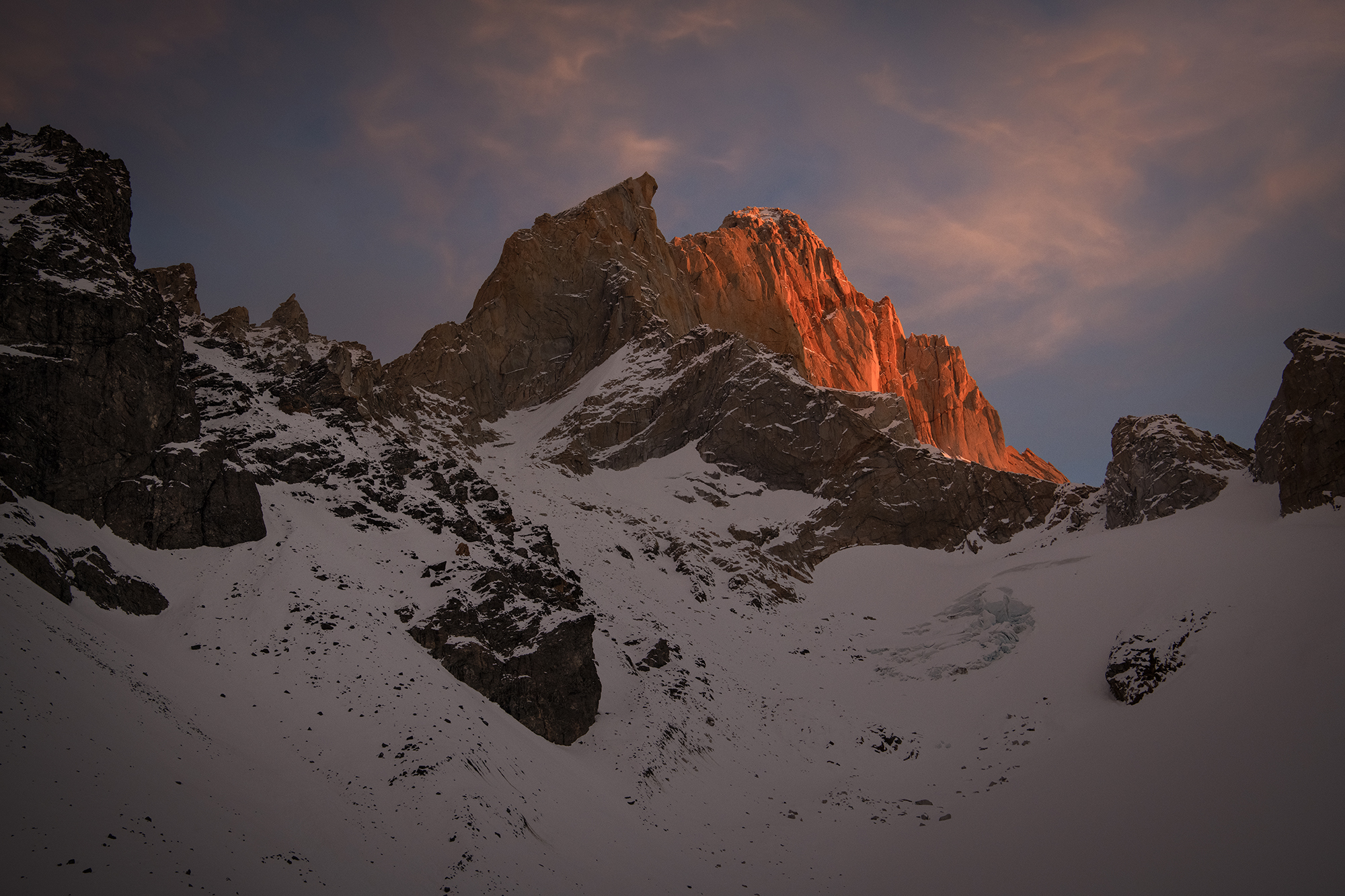
Many times, I must camp near the ridges and patiently wait – sometimes for days – for the right window of light. I must be also ready to accept that it might not come at all. Such great uncertainty is what makes the reward so deep. When the light does appear – sweeping across jagged peaks, igniting the sky in fire, or softly revealing a hidden lake – it feels like a gift. The images I bring back are not just pictures of Patagonia, but visual records of personal journeys into the wildest corners.
‘Night Sky over Fitz Roy’
In this sense, Patagonia tests not only your physical and mental resilience, but your inner compass – the ability to resist repetition, to hold onto your own vision, and to seek solitude when others stay on the path.
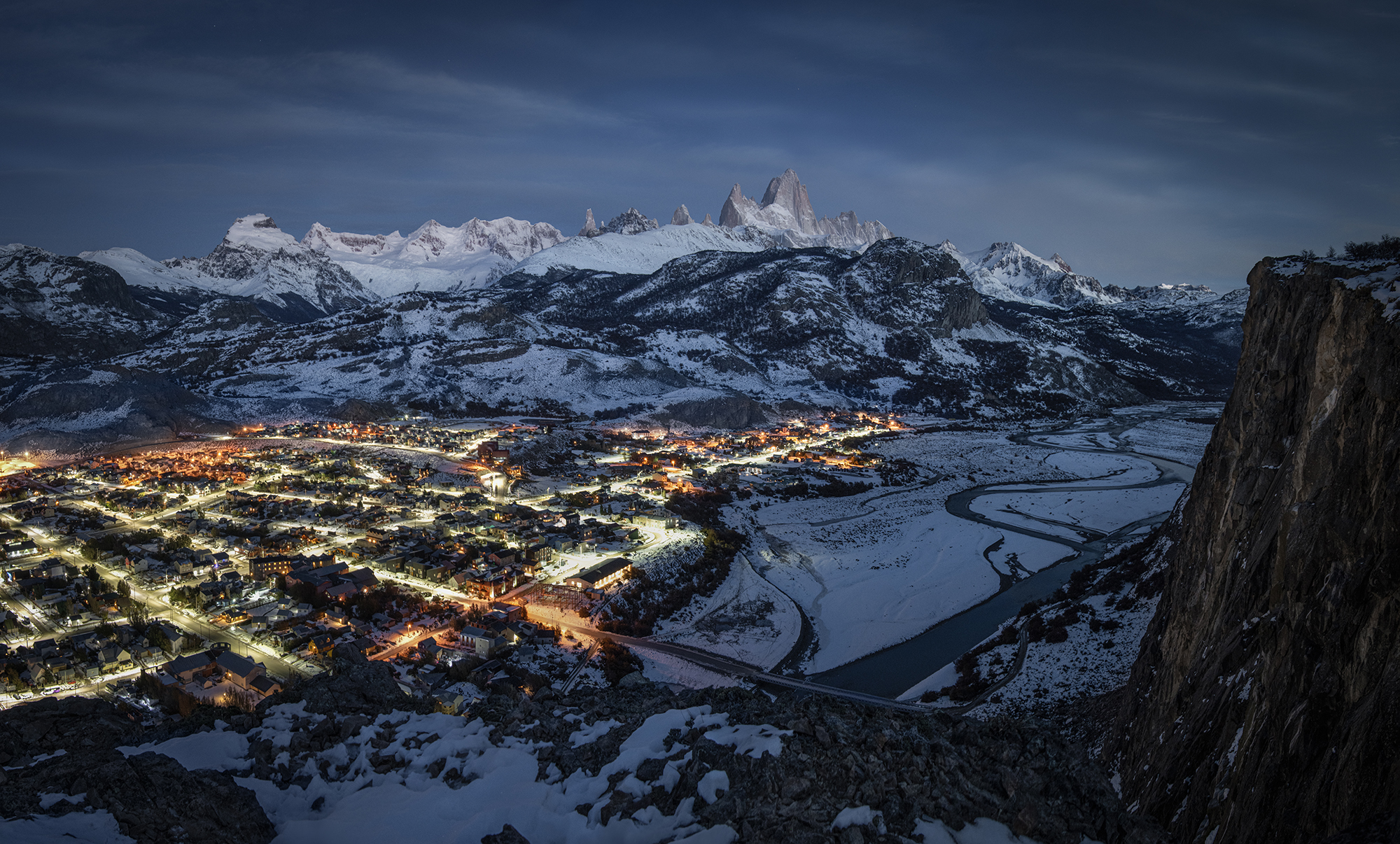
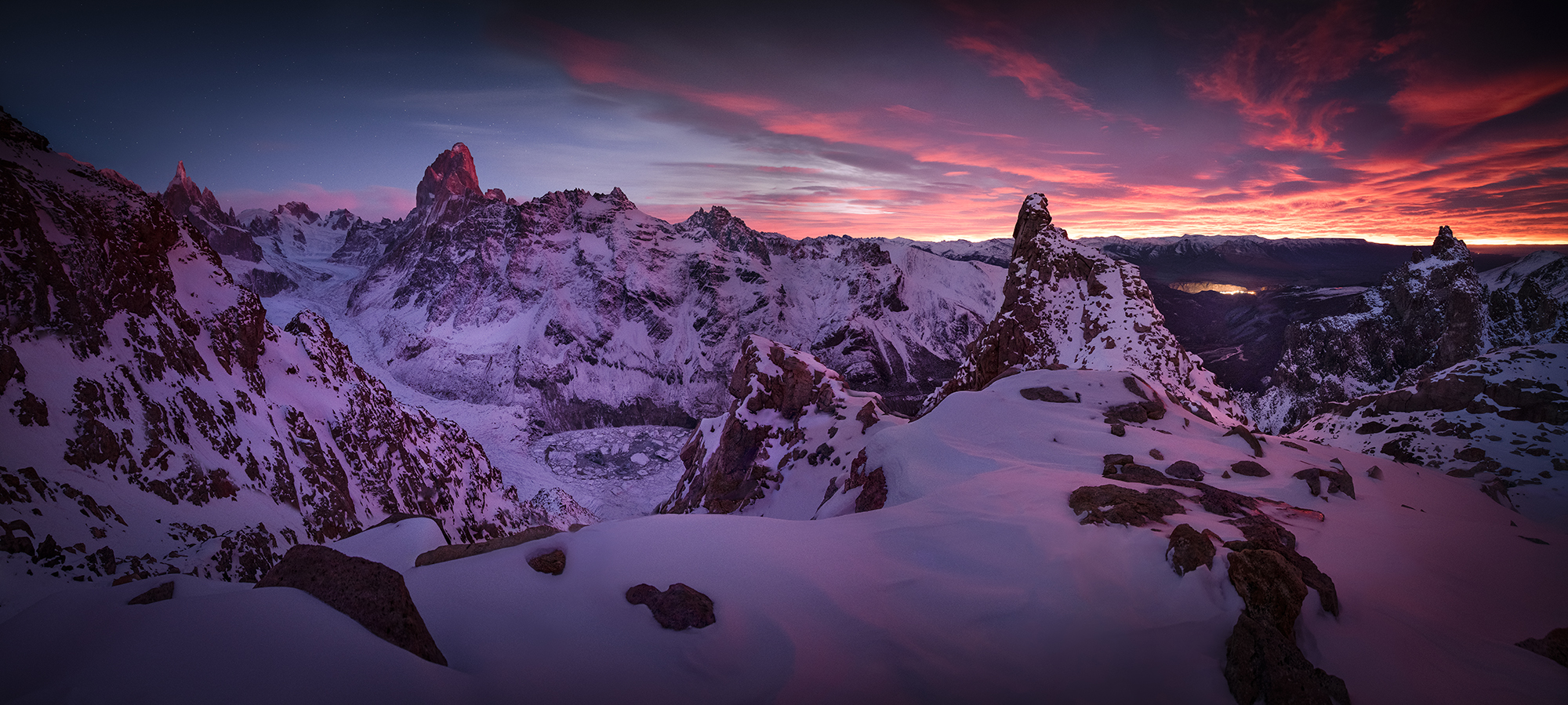
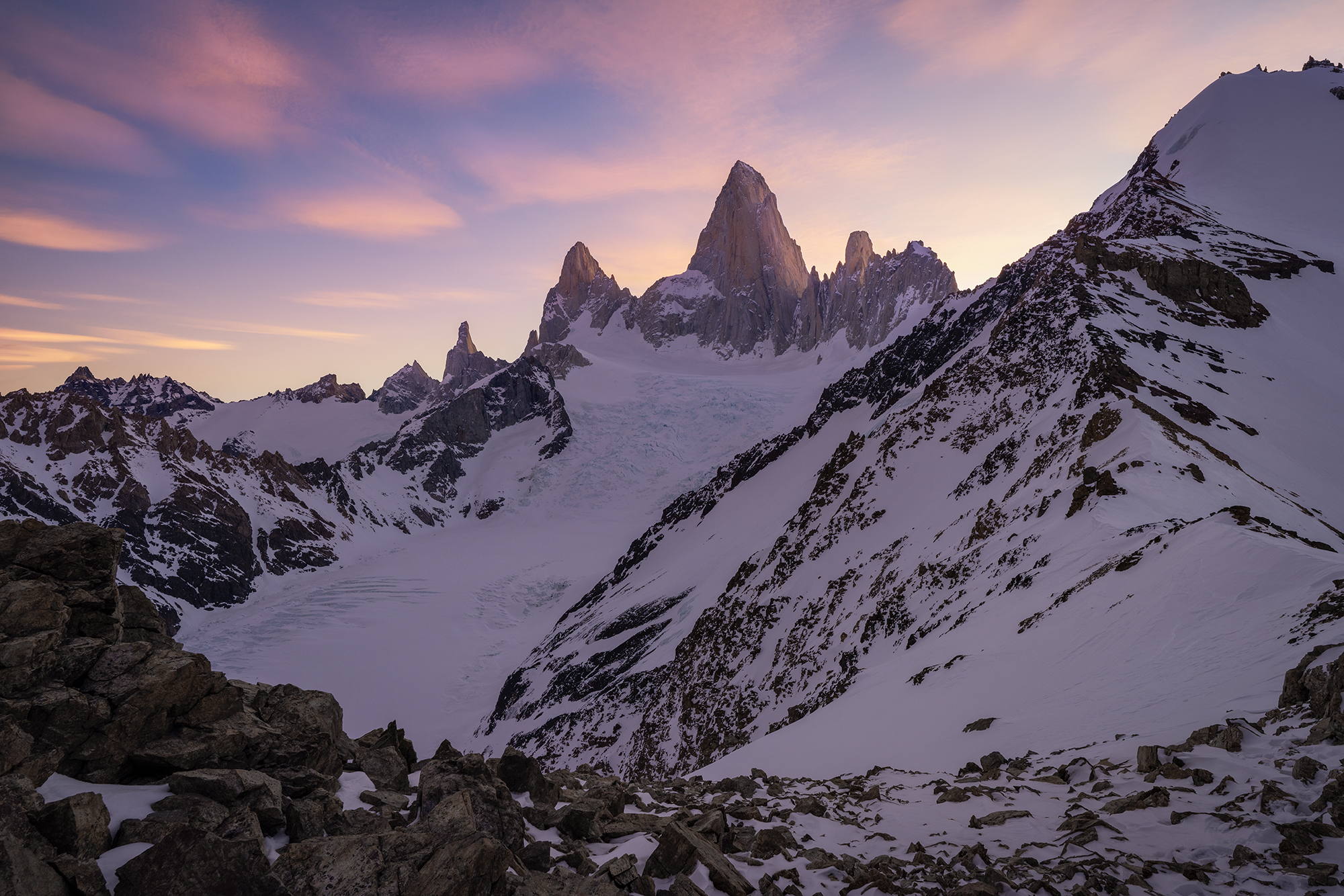
So, Patagonia is a place that I always want to come back. It is a destination that continues to challenge and refine my craft – not just as a photographer, but as an artist, an explorer, and a human being.
Reference: [1] https://fstoppers.com/landscapes/why-im-not-going-back-patagonia-photographer-696926
 | Write |
 | Jane Lyons CREW Thank you for sharing your art and adventures with us Yan. Your work is wonderful! |
 | Yan Zhang CREW Thanks Jane for your warm words! |
 | Angelika Vogel Another spectacular Portfolio, Yvette! I love Patagonia and these pictures are a dream! Congratulations to all artists! |
 | Yan Zhang CREW Thanks Angelike for reading my article. |
 | Ruiqing P. PRO Behind your photographs, I see not only a profound vision but also a rare resilience of spirit — a combination that makes your art unforgettable. |
 | Yan Zhang CREW Thanks Ruiqing for your warm words, very appreciated. |
 | Francisco Villalpando PRO Excellent images and very interesting and inspiring story, congratulations! |
 | Yan Zhang CREW Thanks Francisco for reading my article, very appreciated. |
 | Chong Q. Wu PRO Fascinating Patagonia snow peak photos. And it would be even more exciting if you put all your top snow peaks next to each other. Your exploration and photography are truly admirable at the altitudes! Congratulations. |
 | Yan Zhang CREW Thanks very much for your warm words and encouragement, very appreciated. |
 | Bruce H Wendler PRO Never give up on those favorite sites Photographers swarm. |
 | Yan Zhang CREW Thanks Bruce for reading my story. |
 | Mei Xu PRO Thanks for sharing those unique views and amazing images. |
 | Yan Zhang CREW Thanks, my first trip to Patagonia was with you, very memorable. |
 | Alberto Fasani PRO Thanks for sharing your experience and for the nice photos |
 | Yan Zhang CREW Thanks for reading my photo story. |